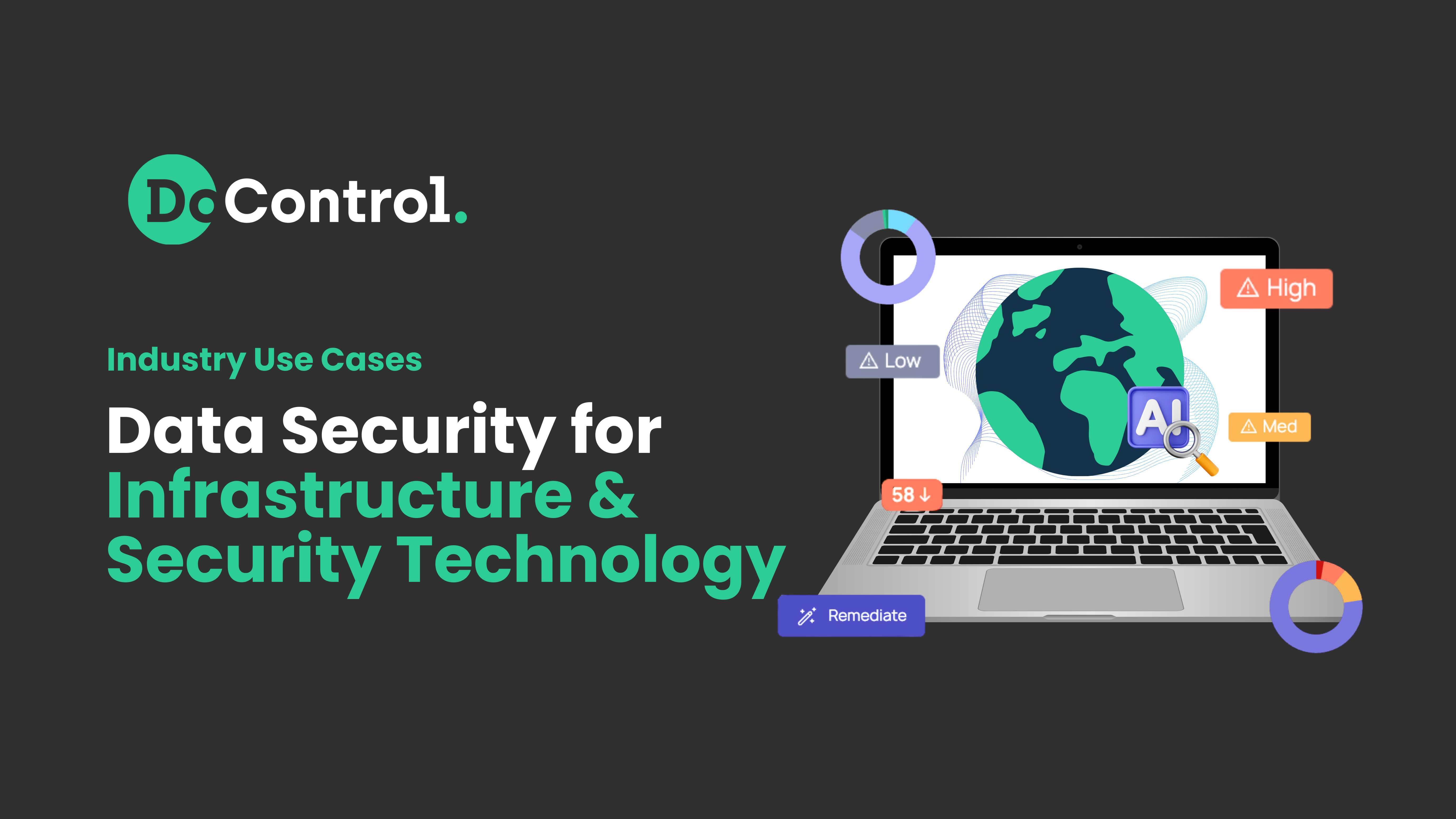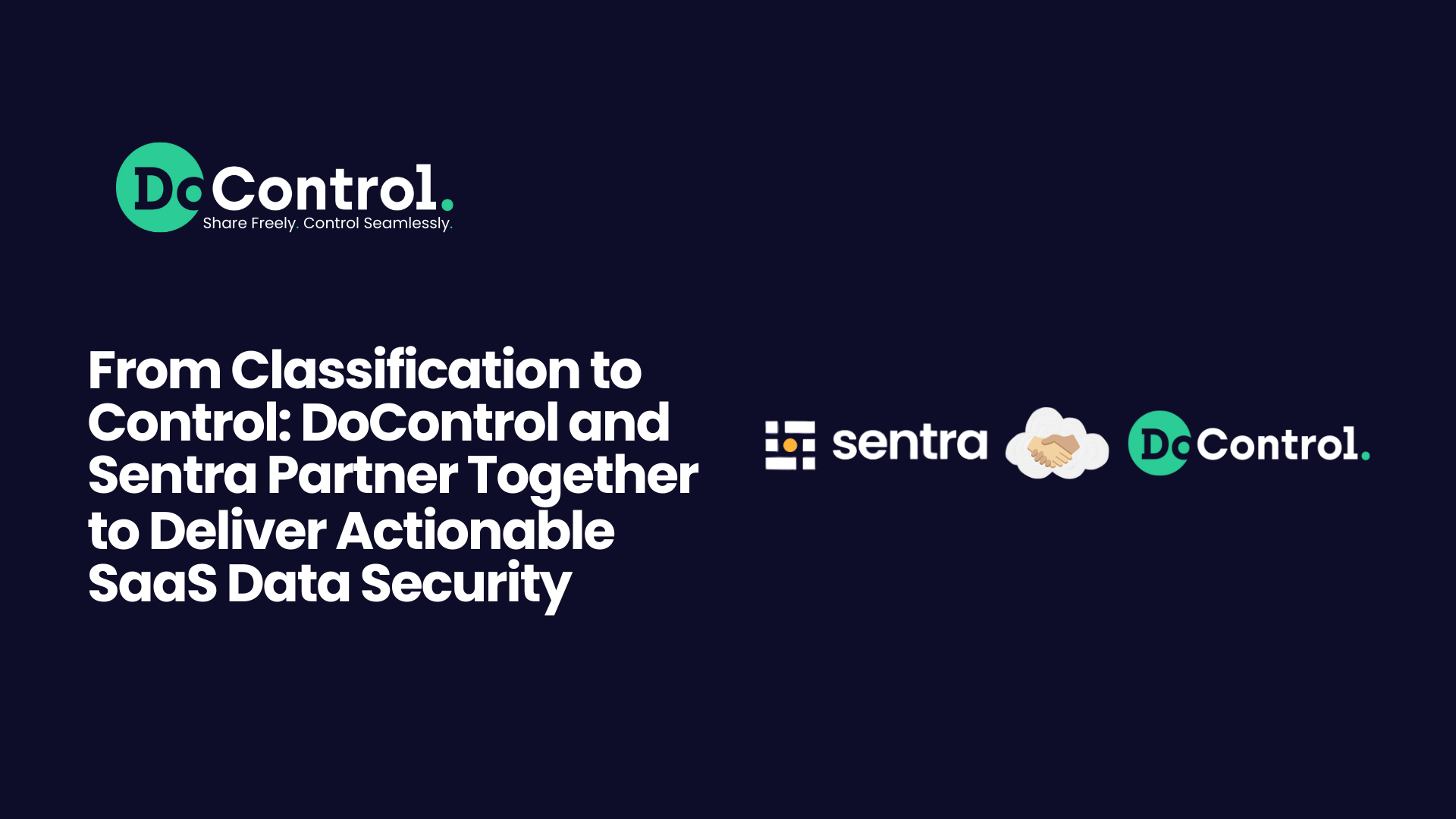
SaaS applications can potentially expose your data and files to unwanted intrusion through accidental or intentional external or public sharing by current employees, former employees, vendors and others. Many SaaS providers now offer features to help enterprises guard against such exposures, but their security precautions are not all equal. This makes it impractical to rely on each SaaS application for extensive data access and sharing privileges. Even if they were all equally capable, learning and using the multitude of proprietary controls for various SaaS applications would be a costly and heavy administrative task and increase the likelihood of human errors. A closer examination shows why:
Uneven security offerings from SaaS providers
The security threats posed by the data-sharing practices of current or former employees have not been lost on SaaS providers. That’s why they have started offering various levels of access guardrails. Box is perhaps the most notable provider of such features. It makes available such tools as auto-expiring shares, role-based sharing ability, and sharing based on data classification. But as with other providers, these extensive features are limited to those opting for the most expensive Enterprise Suite.
Slack, too, offers security tools such as identity and device management, data encryption, and information governance. Again, these features are available only to those customers using its most expensive subscription, Enterprise Grid. Microsoft offers a security package called Microsoft 365 E5 to help enterprises safeguard Microsoft SaaS apps, such as Teams, OneDrive and SharePoint, at a cost of $57/month per user.
Even with only a few SaaS apps in use in an enterprise, controlling data and file access is extremely difficult. But most enterprises have far more than a few SaaS applications to manage. On average, enterprises worldwide use roughly 80 separate SaaS applications. Each of those applications has its unique way of achieving a security goal, such as removing access shared by former employees. Do you really want your security team handling 80 individual apps to protect your corporate data?
Even if your team could take advantage of the security feature sets some vendors offer, there are still many other SaaS applications that either don’t offer such data-access-restricting tools or make them nearly impossible to find. Google Workspace, for example, is a common and popular suite of SaaS apps. But Workspace offers few enterprise security management features, making it hard to determine how Workspace users may have provided openings for database access or control ongoing access.
One centralized platform for easy and effective data access control
To effectively manage data access and sharing across SaaS applications, you no longer need to deal with the manual and tedious processes of working with separate application controls. Rather than shutting down the access points created by a former employee in separate SaaS apps, with DoControl you can execute that task with the click of a single button. What’s more, you can take advantage of DoControl’s no-code workflows to implement policies – far more granularly than is possible with any stand-alone SaaS app.
It adds up to a streamlined security operation that keeps everything in check: not only data access, but costs, time and effort as well. Get in touch with us to learn more.



